Safe Shampoo: Avoid Falling into This Trap
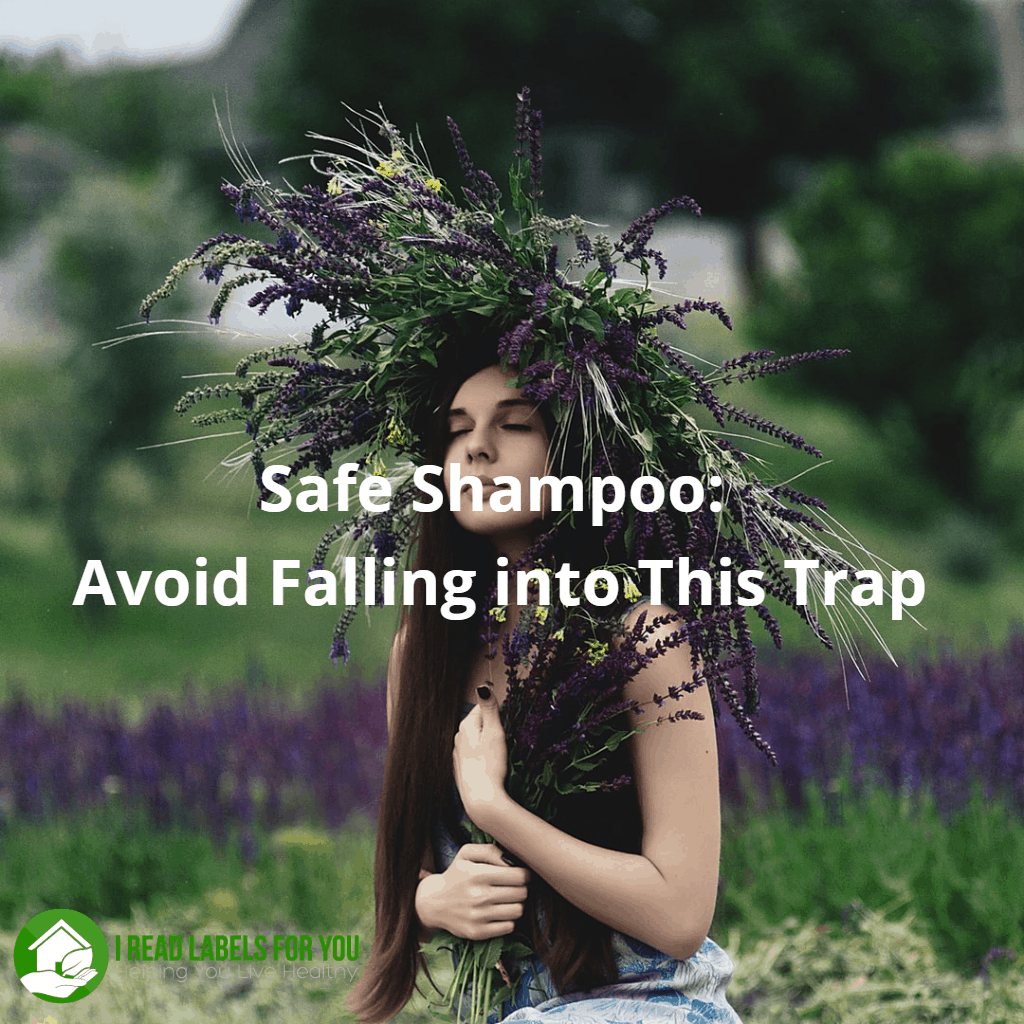
You may have read a lot of raving product descriptions from shampoo manufacturers – all deeming their shampoos safe. But the customer reviews paint a different picture, describing cases of awful dandruff and even hair loss. How do you know that a brand that’s trending now is actually safe for you to use?
What constitutes a safe shampoo? In this post, I will introduce you to the concept of a safe shampoo. You will learn why using a safe shampoo matters, and how to spot a few pitfalls that will help you avoid falling into the trap. Also, you will pick up a couple of useful tools for your everyday shopping.
What qualifications do I have to research shampoos?
I wouldn’t label myself as an ultimate shampoo expert, but I can definitely say that I spent 7 years deciphering shampoo ingredients, leveraging my financial analyst background. Studying scientific reports, calling and emailing shampoo manufacturers, turning to independent researchers, contacting independent agencies for clarification – I did it all. It took me a whole month to find a safe shampoo for my new-born son back in 2012!
Getting a hold of a truly nontoxic shampoo was not as easy as I had thought. Advertisement claims such as “natural,” “organic,” “plant-based,” and “hypoallergenic” on shampoo products were rather misleading because those terms were not legally defined. Even though it was frustrating then, now that experience serves me well. I have come to understand the process of shampoo making, and I even provide consultation services to companies looking to make better shampoos. This knowledge of shampoo ingredients allows me to quickly determine whether a product in question is a safe shampoo.
In addition, by looking at the label I can easily spot when the ingredients are presented in an incorrect manner or are undisclosed altogether. That’s right – sometimes manufacturers try to disguise their products by not listing all the ingredients. It is my full-time job now to read ingredients, and I love it with all my heart. Why? Because it allows me to help you avoid allergic reactions, irritation, dandruff, hair loss, and prevent questionable chemicals from absorbing directly into your bloodstream.
Why do I raise the subject of shampoo safety now?
So, why even raise the subject of shampoo safety, and why now? It seems so minor, so insignificant. You know, I believe that change starts with a small thing – even as small as a safe shampoo.
In the 21st century, we are surrounded with things that used to be natural in the true sense of this word but are not natural any longer. We sleep on synthetic bedding, sit on artificial furniture, walk on fake flooring, breathe in toxic paints, wear polyester clothes, eat from plastic packaging, apply chemically loaded cosmetics and have probably forgotten what a nontoxic shampoo is like.
“So what?” you may ask. Well, all that man-made stuff leaks toxic gases and fumes which do not just evaporate but go straight into our bodies. We end up breathing them, ingesting them and accumulating them inside. Ultimately, the toxic deposits have a potential to increase the risks of diseases and allergies that no one wants to deal with.
Why bother switching to a safer shampoo?
In our striving to bring changes, we should first and foremost renew our thinking – a first step toward enlightenment. Once we learn the mechanics of product making, we will be able to make informed decisions that can profoundly and positively affect our surroundings.
While it is overwhelming and expensive to replace all the synthetic stuff around us at once, it is possible to start taking small steps. Why not start with your shampoo? For example, you could try replacing the product you are using now with a safe shampoo. It seems like an easy change.
At the same time, it will give you peace that at least one product you are using on your body is safe. This peace will come not from advertisement, but from your own understanding of the safety of ingredients. It will help you make the best choice for your body, your hair, and your budget.
What is a safe shampoo?
For lack of a legal definition, we set our own standards for a safe shampoo. It is our hope that a safe shampoo is devoid of ingredients that significantly increase the risk of itchiness, scalp irritation, allergic reaction, and hair loss. In addition, it doesn’t have ingredients that – if they are absorbed into your skin in certain amounts – can increase the risk of hormone disruption and cancer.
How can we know if we are using a safe shampoo?
Simple: read the ingredients. There are several organizations devoted to demystifying the oft-confusing world of ingredients.
CIR
In 1976, an industry trade association called the Personal Care Products Council established the Cosmetic Ingredient Review (CIR) Expert Panel. The U.S. Food & Drug Administration and the Consumer Federation of America provided their support for this establishment. After the CIR reviews cosmetic ingredients, it publishes reports on their safety on the Cosmetic Ingredient Review website.
INCI
It is important to know that every ingredient has an official standardized name, recognized by industry experts. In its reviews, the CIR Expert Panel refers to the ingredients by their official names. The official name of an ingredient appears in the International Nomenclature of Cosmetic Ingredients (INCI), and these names become known as the “INCI names” (source).
One of the pitfalls is that INCI names of ingredients are often missing on shampoo labels. The non-official way of writing these ingredients may give you the impression that the product you’re looking at is a chemical-free shampoo. Find out what shampoo brand has been known to use this trick here and here.
EWG Skin Deep Database
Another way to find out if the ingredients are safe is to access the Skin Deep database. The Environmental Working Group (EWG) is the organization that powers the Skin Deep database. The EWG uses a 1 to 10 scale for rating ingredients, where 1 stands for the safest. However, Skin Deep Database has its pitfalls, too. You can read about them here.
If you use the Skin deep database together with the techniques described in my Savvy Consumer Superpower e-book, you will be close to being invincible in the consumer market. You can even put it in your purse and check ingredients in a store when you are shopping for nontoxic personal care or beauty products.
Conclusion about the concept of a safe shampoo
In this post we have discussed why it is important to talk about shampoo safety in the first place. We gave a definition to the concept of a safe shampoo and looked into some basics of the “science” of ingredient reading. Now, you might want to read this post, where you can learn about the ingredients a typical shampoo must consist of and see for yourself if a shampoo can be truly safe.
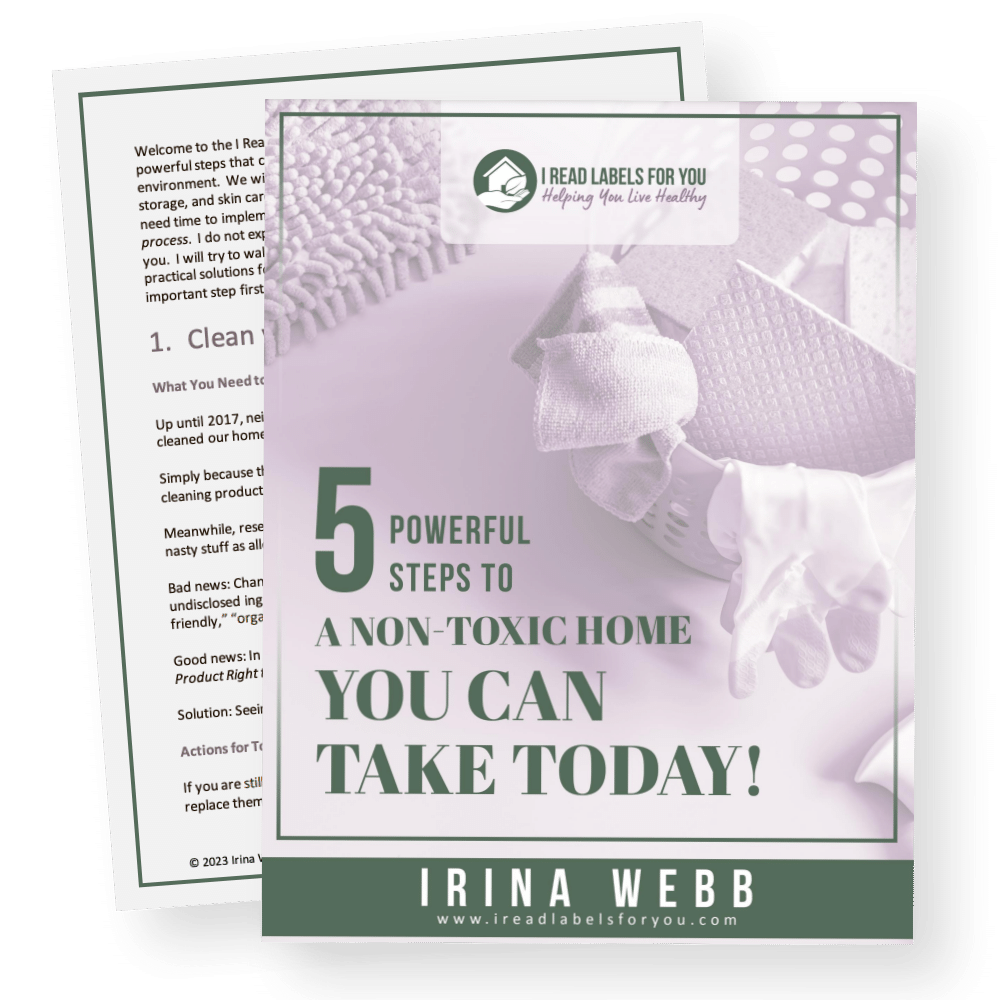
Download The Free Guide!
5 Powerful Steps To A Non-Toxic Home
Join our informed consumer community and get our free guide the “5 Powerful Steps To A Non-Toxic Home”.

 Written by
Written by 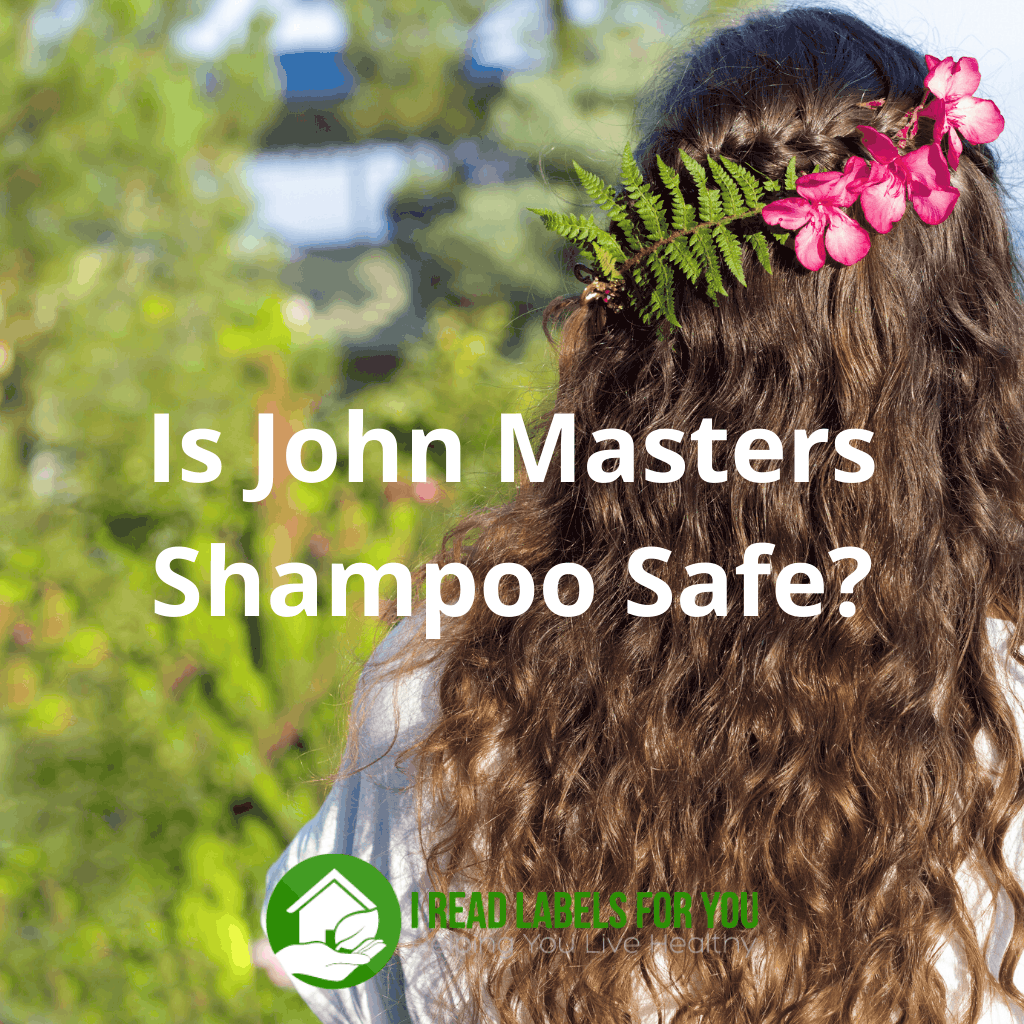
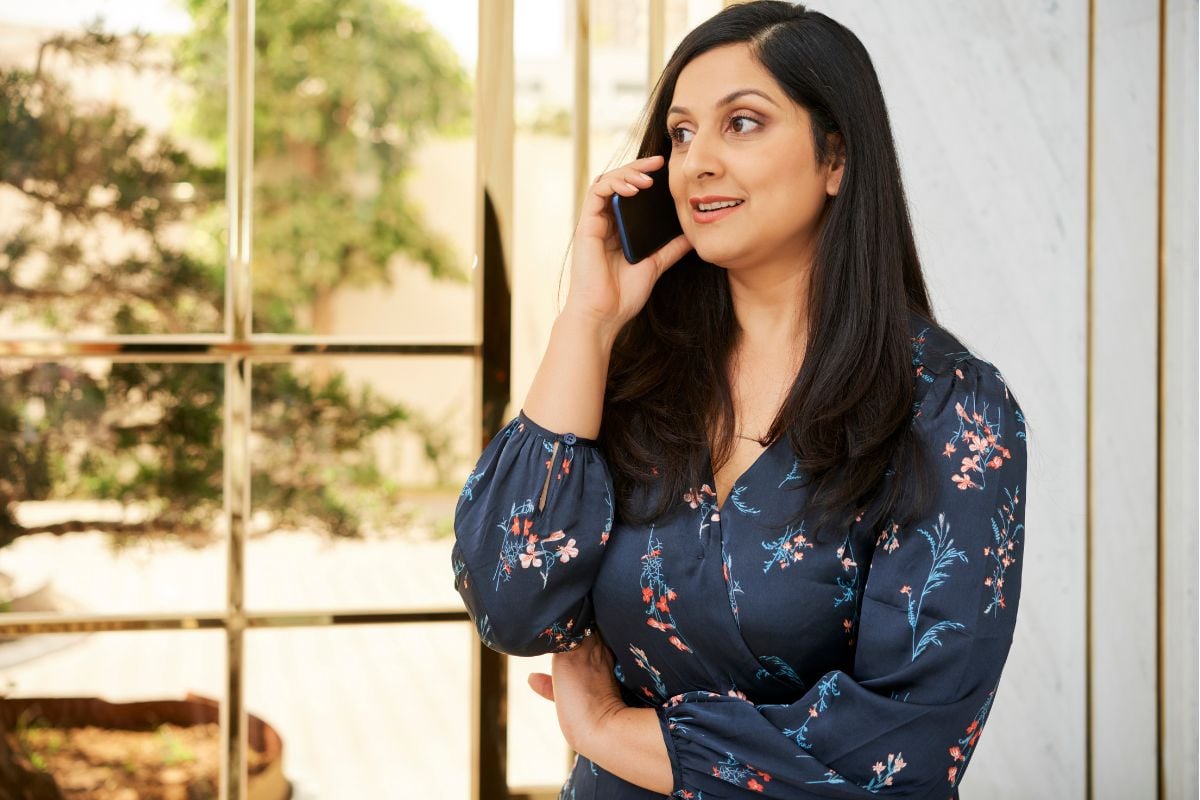
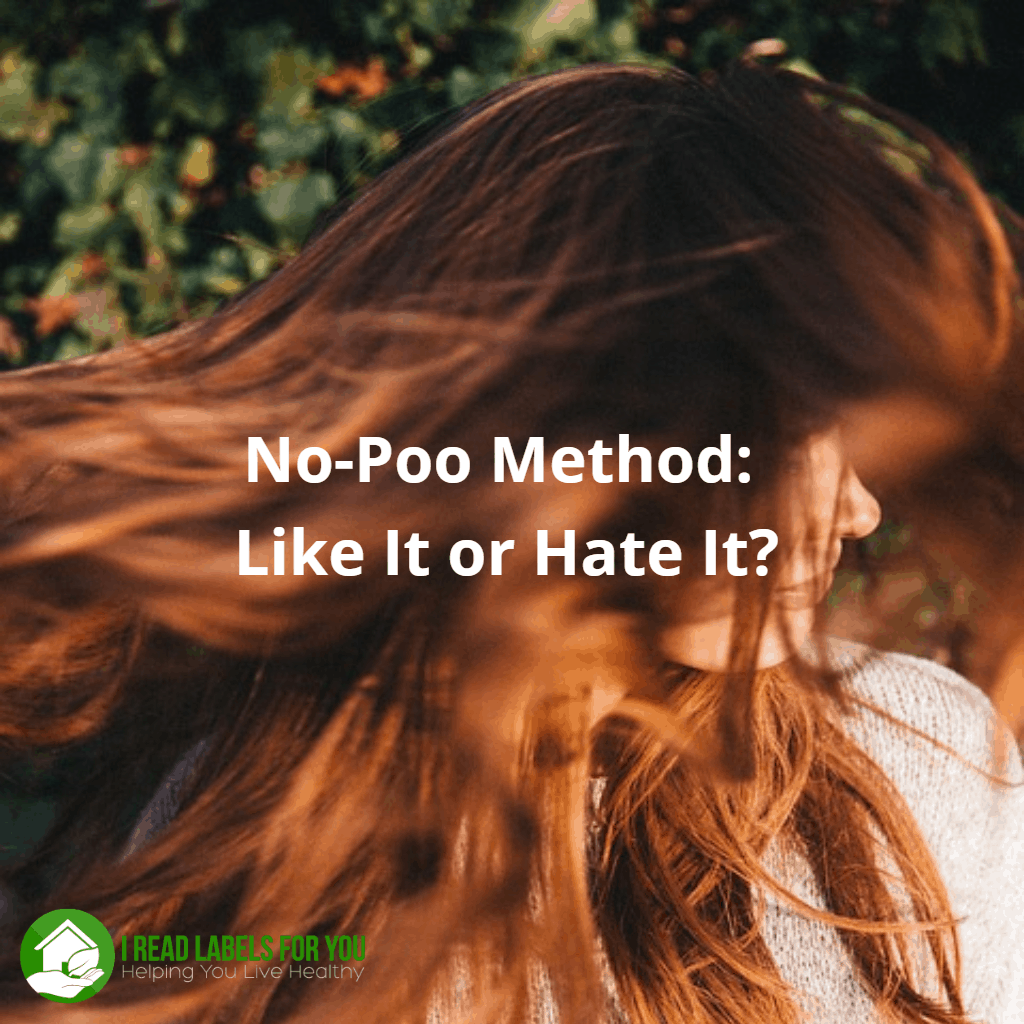

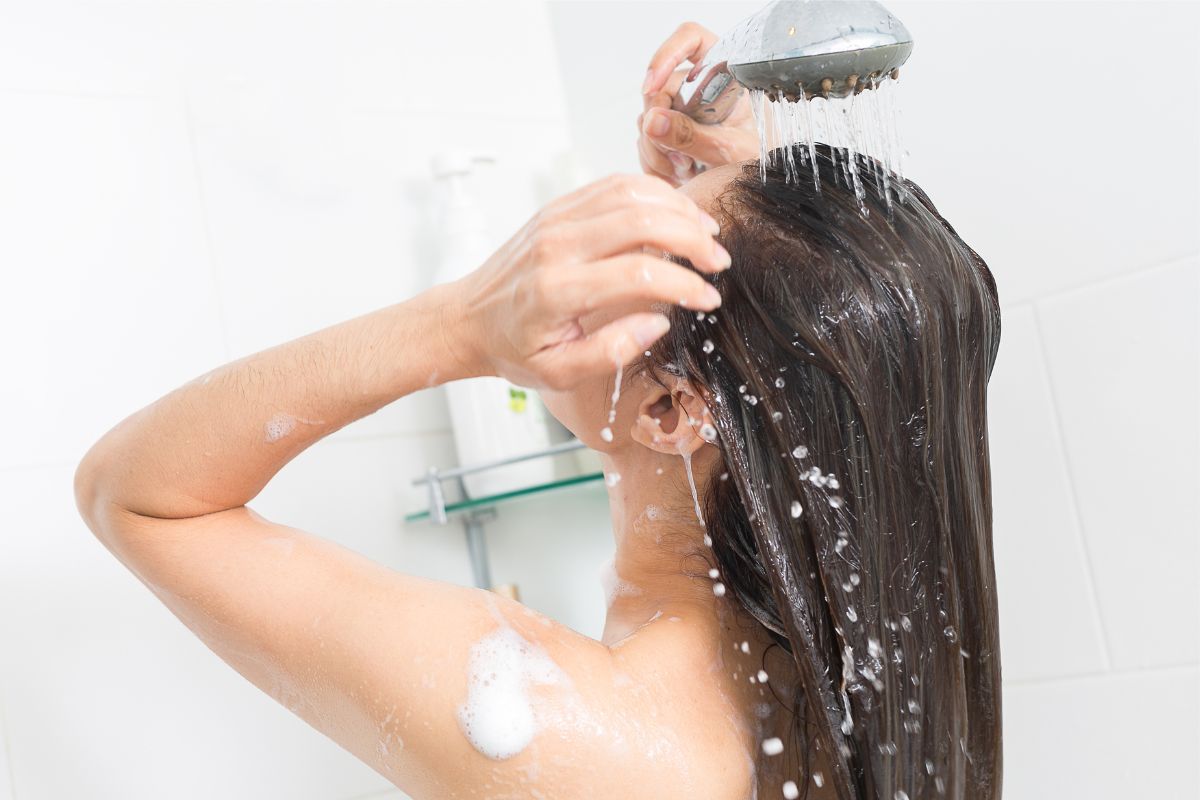
Great explanation. I also don’t go for buying seeing these type of silly ads by brands. I always see the ingredients in that shampoo, and then I buy.
Thanks for sharing awareness!